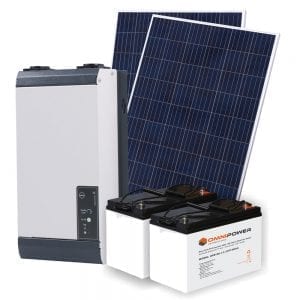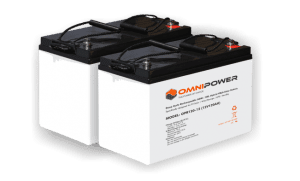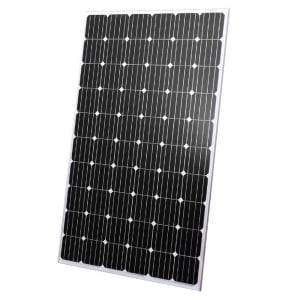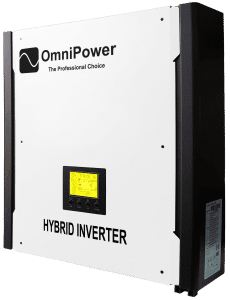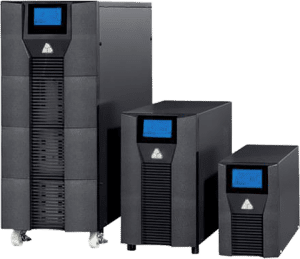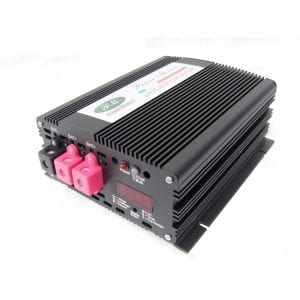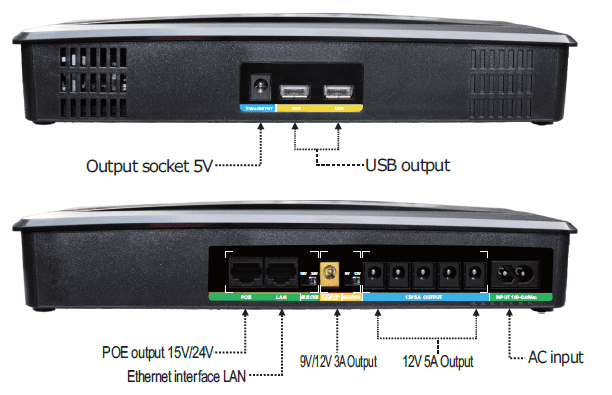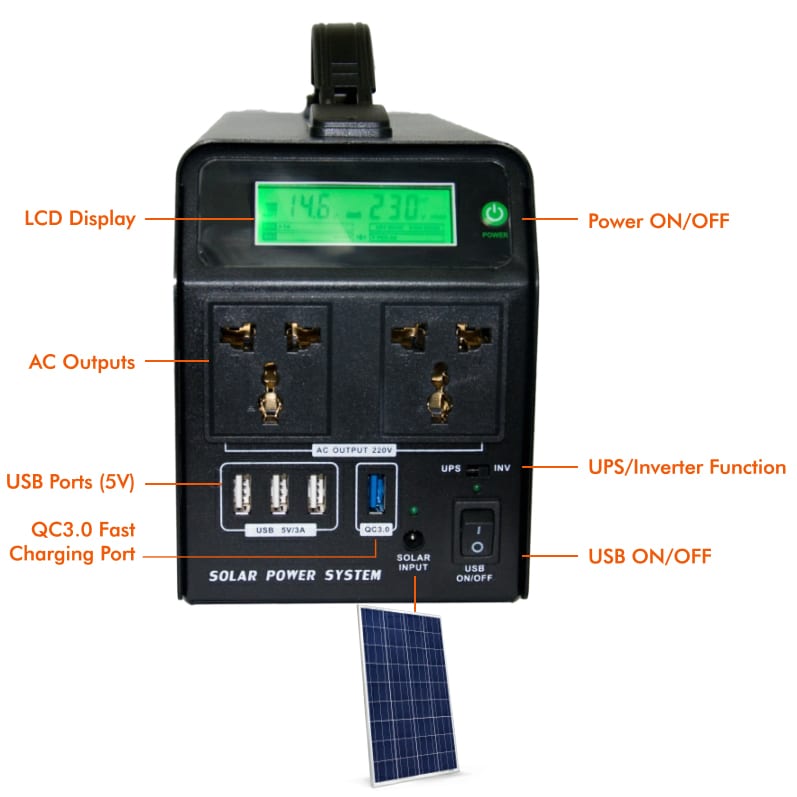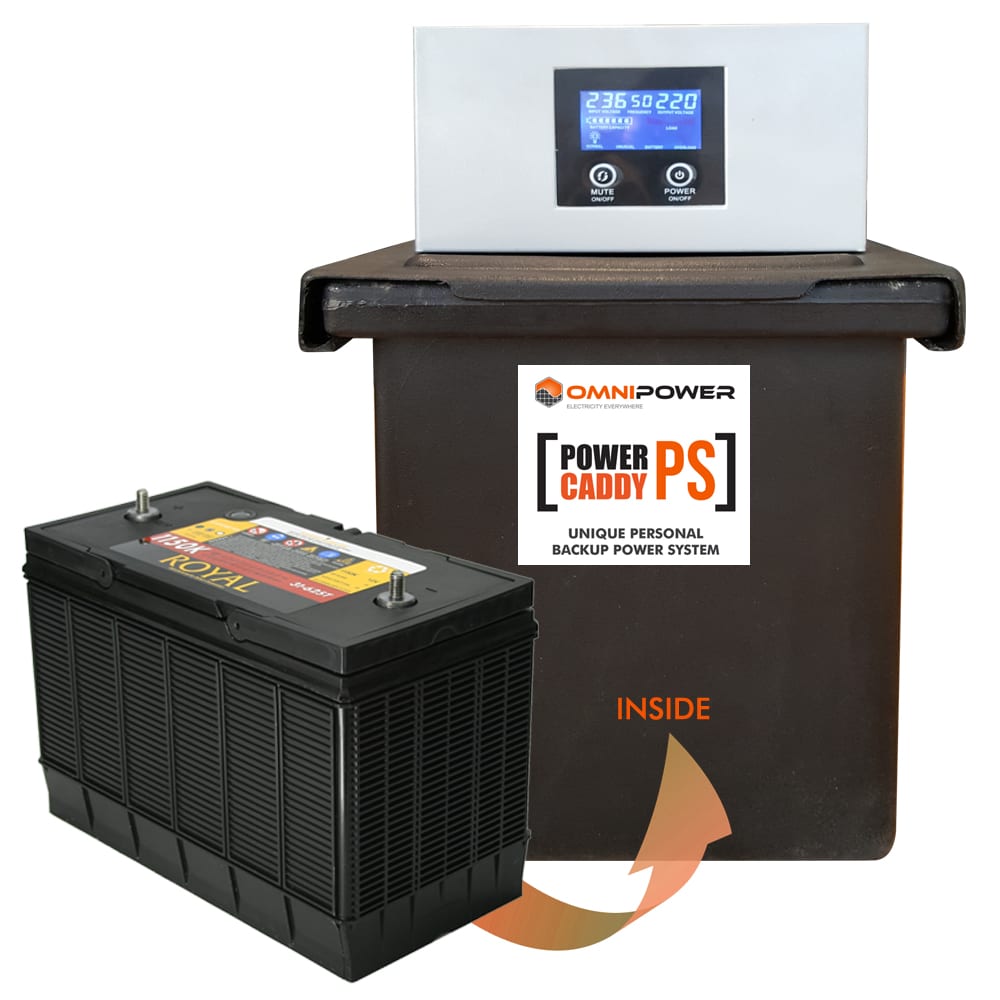Load-shedding, load reduction, load rotation, planned maintenance…. unplanned maintenance? Call it what you will, the net effect is that our homes and businesses have no power. Remember when the villainous Dark Knight pronounced in May 2016 his “happiness and excitement” for the achievement of the end of load-shedding in South Africa on a visit to Megawatt Park, Sunninghill? We still had the same number of outages, if not more, but the knave of Nkandla came up with the cunning plan of not calling it load-shedding any longer. A rose by any other name remains a rose (apologies to the bard).
Tens of billions have been lost to load-shedding in the past 15 years and many large industries have relocated to greener pastures, costing us millions of jobs and the fiscus billions in lost tax revenue. Volumes have been written on the woes of our energy sector, suffice to say it is a catastrophic failure and will not change anytime soon despite the best efforts of a few at Eskom, who should be lauded for their grit and determination. The blackguards of the administration who orchestrated this should be put to the sword for treason, metaphorically speaking.
Hardest hit are small businesses who rely on electricity being present for lighting, tills, security, machinery and so on. How often have we seen retail shops, restaurants and petrol stations without generators closed during load-shedding? SME businesses most often do not have surplus cash to invest in generators or inverter/battery systems.
Heavy industries suffer equally, as most industrial machinery uses significant amounts of electricity and, albeit the business may have back-up systems in place, most often they cannot cope with all the demand the various machines require. Anecdotally, a large glass manufacturer recently explained that when power outages happen and they are in the midst of glass production, it can take many days to clear the machine of the molten glass that has hardened in the midst of production. This, I believe, is true of the plastic industry as well. Thus, it is not just the production lost during the power outage but the cumulative knock-on effect of rectifying the damage caused by the power outage.
So, while we drink tea, without milk though (it was all spilt), we need to try and keep our homes and businesses functioning, our people employed and the vaccine cool. Our very lives depend on how we deal with this crisis and if we think that the government is going to rescue us, then we deserve exactly what we will get: nothing. Your energy future is in your hands and more than ever we need to make sure we have at least some form of electrical back-up if not our own electricity generation as well.
Entry Level Solutions
Many of us are working online from home due to the pandemic and a four-hour power outage can impact your productivity substantially but how do you mitigate this without breaking the bank? Solutions designed to keep wi-fi or ADSL routers powered are available below R1 000 and are simply a plug-and-play 12VDC to DC UPS. These units are roughly the same size as the router and employ Lithium-Ion batteries to store energy from the grid (or solar optional) and automatically switch over to battery back-up when the grid fails. A marginally more expensive version, less than R1 500, will provide 19VDC back-up for a laptop.
Should you require 220V back-up for monitors, printers or any other relatively low-demand device, a slightly more expensive unit (around R4 000) can be used as a UPS and will offer longer run-times than the smaller units described above. These units are completely portable, weighing around 4kg, and have multiple inputs, both solar or 220/230VAC, and 220/230 VAC output as well as 3X USB/1X USB QC3 outputs.
Peak power is rated at 1200 Watts with a Lithium-Ion battery capacity of 396Wh, which should run a laptop, inkjet printer, router and LED lamp for 4 hours. Most notably, if the power outage is during sunlight hours, a 100W solar panel can be connected to extend battery capacity.
These two categories of back-up solutions can be considered as being for “personal” use and whilst there is substantial demand for teleworkers to be equipped with these, they also play a role in many other applications, such as keeping CCTV cameras powered and charging all manner of smart devices such as tablets and laptops. The SPS above can run a small TV and decoder or router for 4 hours, so the application is not exclusively telework related but can also help keep loved ones in contact across the globe by maintaining power to laptops and routers during power outages.
Scaling up to devices that offer longer run-times and the ability to accept heavier current loads but are still semi-portable, a popular category is for 1000 – 1500 Watt units, which employ predominantly deep cycle lead-acid batteries. These batteries are comparatively inexpensive compared to Lithium-Ion although substantially larger, heavier (up to 40kg) and have less useable energy due to Depth of Discharge limitations.
Starting at around R8 000, these units generally use inexpensive inverter/chargers and are most often used to back-up TVs, decoders, routers and possibly one or two low Wattage lamps. The inverters automatically detect a grid failure and switch to battery in around 20 milliseconds, thus it is virtually a seamless transition with decoders not having to reboot.
There is also the option to add solar on some models, which can extend the run-time during sunlight hours.
Moving to more ergonomic and modern semi-portable solutions, the PowerHex is based on more sophisticated inverter technology incorporating a robust transformer to deal with electrical surges and spikes. Additionally, the inverter incorporates such features as temperature compensation and control permitting the use of more sophisticated batteries such as AGM-Gel, which have greater cycle life than ordinary lead-acid batteries. This translates into less frequent battery replacement and hence is more cost efficient.
The unit has a steel hexagonal chassis and integrated telescopic trolley handle at the rear to enable easier movement. An LCD front panel shows the important information such as battery charge remaining, electrical load, etc. The chassis door is lockable to secure the internals from children.
A recent development is the option of a Lithium Ion battery to further improve cycle life as well as offering greater depth of discharge. This is known as the PowerHex Plus; it is approximately twice the price of a PowerCaddy but it must be borne in mind that it has double the back-up run-time and a battery that will last 3 to 4 times longer.
Integrated Back-Up and Hybrid Systems
These solutions are integrated into the Distribution Board of a premises and generally use the power grid, solar panels or generators as an energy source to charge batteries and, in the case of hybrid or grid-interactive systems, provide solar power directly to the premises during daylight hours.
For clarity, many of the solar panels we see in urban areas are used in grid-tied systems, which are solar generation installations without any battery storage. The primary purpose of a grid-tied system is to reduce monthly utility bills by generating PV solar energy, thereby supplementing the grid-power to whatever scale the system has been designed for. It is important to note that even if a premises has solar panels and the sun is shining, a grid-tied system does not provide energy when there is a grid failure. The reason for this is that the inverter requires a frequency from the grid in order to operate, and when the grid is absent the grid-tied inverter cannot operate. We will not describe grid-tied systems in any more detail as this article is focused on back-up solutions.
An integrated back-up system consists of a few primary components: an inverter, a battery charger (which is often integrated into the inverter nowadays) and a battery bank to store and provide the standby energy. There are other items required which we refer to as Balance of System (BOS), which refers to the cabinets, cables, fuses, lightning protection, etc.
The scale of these systems can be as small as 500 Watts (with regard to the maximum current load the inverter can facilitate) up to Megawatt systems in industrial and commercial applications. To make this article relevant to the general public, we will talk in the scale of residential systems, usually from 1kW up to 10kW, however, there are some residential systems much larger.
When referring to battery or storage capacity, it is expressed in kWh (kilo Watt hours) or kW X time = kWh
Thus if you have a 2kW heater, for example, and you ran it for one hour, it would use 2kWh.
It is important to note that if you have a 1kW inverter and you try and draw 2kW through it, it will trip. This is relevant in calculating your electricity usage and in calculating battery bank capacity required. Using the common size 100Ah (delivers current of 1 amp for 100 hours) 12V battery to calculate the kWh, we multiply the voltage (12V) by 100 to get 1200Wh or 1.2kWh.
A popular size back-up system is a 3kW inverter with 4 X 100Ah 12V batteries connected in series to create a 48 Volt system, thus the battery capacity would be 4.8kWh. The maximum demand you could draw from this system at any one time would be 3000W without the inverter tripping. The total amount of energy you have available is 4800Wh; with lead-acid batteries, however, it is advisable not to discharge them more than 50%, thus there is 2400Wh minus 20% for the normal losses through a DC system.
This will leave you with 1920Wh useable energy available. As an example, if you connect a 55-inch TV (120W), a decoder (20W), wi-fi router (20W), 2 x 9W globes (18W) and a fridge/freezer (150W) you would be able to run those for 5 hours 50 min theoretically.
Geysers, ovens, heaters, pool motors are power-hungry devices and to provide back-up for them, whilst technically possible, is generally prohibitively expensive. Additionally, a geyser does not lose heat that fast, pool motors do not need to run during the normal 4-hour load-shedding outage and stoves/ovens can be avoided by using microwaves or gas. Inductive loads (devices like electric motors and hair-dryers) cause “in-rush current”, a sudden spike in current demand that can trip inverters, so avoid including these devices on the back-up system.
Important considerations are security systems and access control, plugs for routers, computers, TV, lamps, fridges and possibly a microwave oven. There may also be some unique requirements such as aquariums and possibly even medical apparatus.
Component matching can be a very important criteria when choosing inverters and batteries as certain technologies work well together whilst others don’t. Charging and control of batteries has become more important as battery technology advances. Installing conventional lead-acid batteries is comparatively simple but when you move to technologies such as AGM-Gel (Absorptive Glass Matting with Gel electrolyte), installation and configuration becomes more critical.
Whilst the latter provide almost twice the cycle life of conventional batteries, they are very sensitive to temperature control and equalisation for example. Some inverters do not offer these capabilities but are attractively inexpensive; the net result is a cheap inverter destroying expensive batteries in a matter of months.
It is recommended that you apprise yourself of what you are buying and how well the components work together. Ask the provider how many similar systems they have installed of this make-up and how long have they been operational. Request references and contact them to ask how satisfied they are with the system’s performance; most people like to wax lyrical about how prepared they are for power outages or how much money they are saving through solar.
The quality of your system will inevitably be reflected in the price. It is a case of “buy nice or buy twice”. There are unscrupulous providers out there who will provide you a system at a good price; later when the problems start, you discover the wrong grade of cable has been used, fusing has been omitted, there is inadequate charging current, incorrect configuration and a litany of other ills … and the installer is no longer in business.
It is vital to seek out providers who have been around for longer than a couple of years, who offer not only product warranty but also a warranty on the workmanship. Integration to the DB board must be performed by a suitably licenced electrician and a Certificate of Compliance should be issued upon completion. Insurance will be unsympathetic when a fire occurs due to poor installation. Caveat Emptor (Buyer Beware).
A safer option is to buy a pre-configured kit with all the components included and matched to ensure optimum performance, mitigating errors from cable diameter to the harmonious working of the inverter with the batteries. These kits are usually sized from 1kW to 8kW and options include size of battery bank (quantity of batteries) and type of batteries: regular lead-acid, AGM-Gel or Lithium-Ion.
This approach gives the buyer the comfort that all the correct components and BoS are provided; additionally, the supplier should pre-configure the inverter to work with the number and type of batteries before delivery. This reduces the errors that can be made in the installation phase, although does not guarantee that the installer will perform all the work to the highest standard. For this reason, savvy customers invest in a turnkey solution from one entity that encompasses an energy audit to determine the requirements, design or recommendation of a suitable system, installation and commissioning, and ongoing maintenance.
Once the system is installed and working as intended, you will wonder why you did not do this sooner. Power outages become almost irrelevant as the system switches over so fast you do not even know that it has happened. Seamless, continuous power is critical to many businesses and, from a residential perspective, equally important to your normal day-to-day activities which may include working from home.
In making the decision to install a back-up system, you should always consider an upgrade path for adding batteries, as well as possibly adding solar PV panels to the system at a later stage.
Lead-based batteries are not very flexible in terms of expanding, for example, from 4 batteries to 8 batteries beyond approximately the 6 month period. Once the batteries are older than that, the older batteries will tend to decrease the performance of the new, so this is not recommended.
Lithium-Ion, however, is much more flexible allowing you to upgrade your batteries at any time, not to mention all the other benefits of Li-Ion, namely cycle life, physical size, weight, DoD (useable energy) and faster recharge time. Although more expensive, there is an argument that to install a similar quantity of lead batteries, you would need twice the kWh of Li-Ion.
Additionally, Li-Ion is equipped with a Battery Management System (BMS) that offers a complete audit trail of the batteries’ history. This could be relevant when making warranty claims as it could prove that through no fault of the user, the battery failed.
Your supplier should assist you in making this decision, showing expected cycle life and comparative costs per kWh. Ultimately, it will be your decision and it is preferable to make this decision upfront.
Another decision that should be made at the outset, is whether you will look to augment the system with solar PV in the future. This will determine the type of inverter you should install upfront. If this is the case, then you would be advised to install a grid-interactive or Hybrid inverter.
These inverters are essentially back-up inverters with the added capability of being able to accept energy from solar panels, so you can think of them as grid-tied but with battery back-up. The batteries can be charged by both the grid and the solar panels and, simultaneously, the panels can provide power to your premises.
The beauty of a hybrid system is that you can decide to start with reducing your bill initially, using the system as grid-tied, and add the batteries to provide back-up power at a later stage. You may also choose to do it the other way round, electing to begin with a battery bank for back-up power and adding the solar panels in the future. Clearly this approach would make the inverter more expensive than a back-up power only inverter but this route is preferable to having to buy another inverter in the long run.
Your energy future is in your hands!
In summary, we may feel aggrieved that we even have to look to back-up systems and devices – the monopoly supplier should surely, at a minimum, provide us with reliable, if not affordable, power! Unfortunately, this is not the case and South Africa is not alone in her predicament: many countries, even first-world countries, are battling to meet demand.
Investing money in a back-up system is like buying insurance: it’s a grudge purchase, but the reality is that unlike short-term insurance where you may never have a claim, you are guaranteed to need your back-up system.
Standby power adds value to your life now and, if installed as an integrated system, will be viewed favourably by prospective buyers of your property in future.
If you plan to be in your business or residence for longer than 5 years, you should consider the Hybrid route where you can make substantial savings on your monthly bill by using solar. The added benefit of the back-up power is difficult to quantify, however, it certainly adds value to your peace-of-mind if not your ability to generate income despite power outages.
Start your journey to energy independence today. Contact Sinetech’s experienced technical sales consultants on 011 886 7874 or [email protected].

